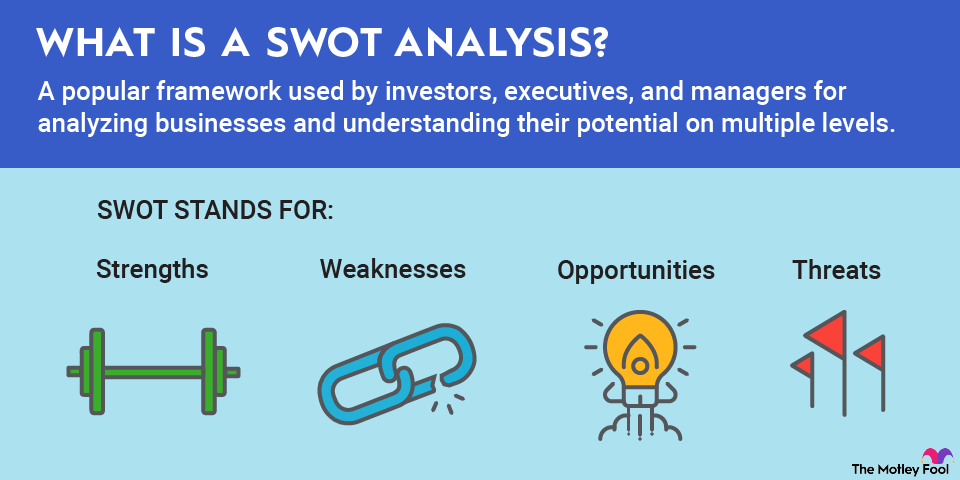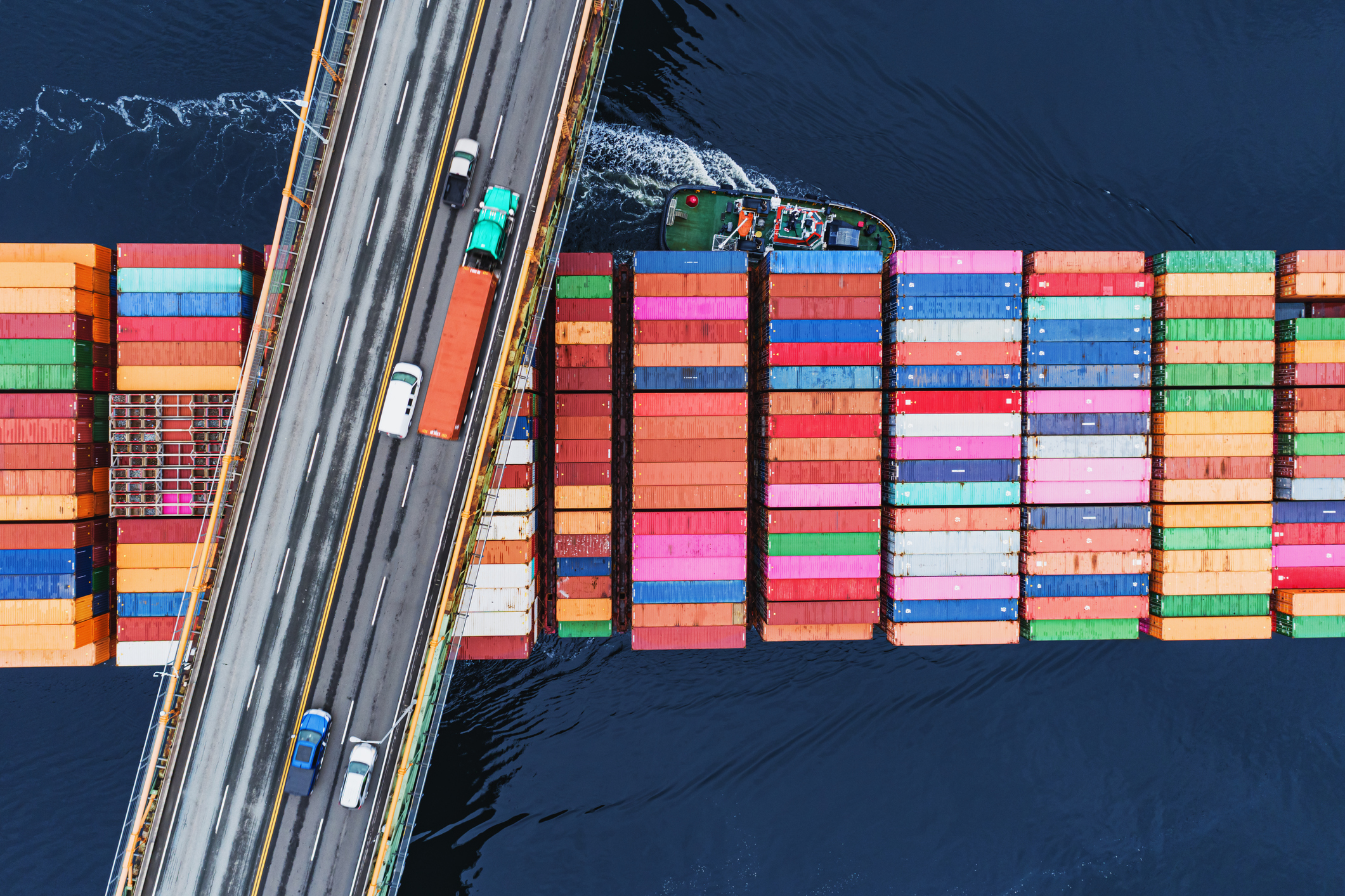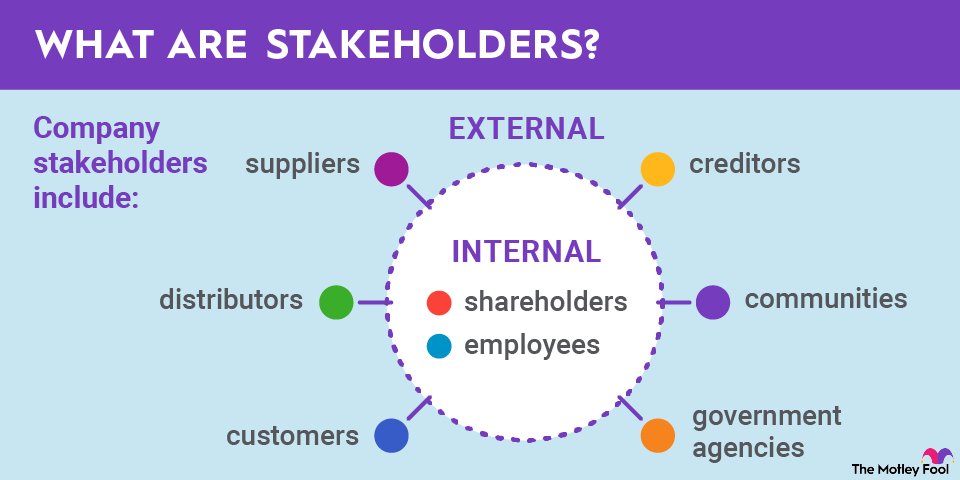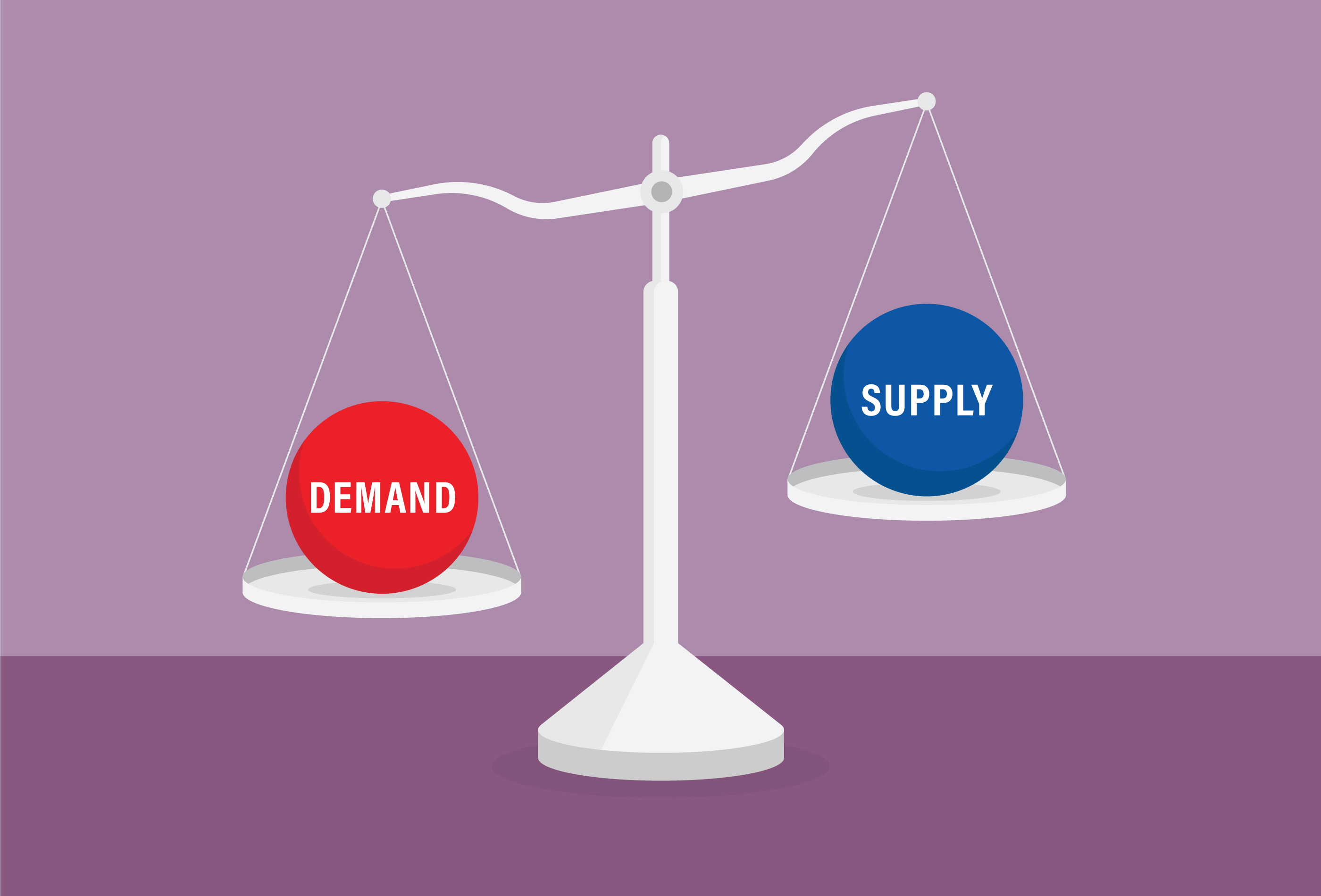A supply chain is a system that takes raw materials, produces something of value from them, and delivers the product to the consumer. In an era of international trade, supply chains are a vital part of the global economy.

What is a supply chain?
A supply chain consists of the steps taken to obtain raw materials, turn them into a product, and deliver the product to consumers. Until the COVID-19 pandemic caused massive supply chain disruptions in early 2020, its importance was often overlooked.
Most supply chains involve five basic steps:
- Production of a raw material.
- Manufacturing of product.
- Distribution to retailers.
- Sale to consumers.
- Customer service.
A supply chain, then, is a simple concept. But managing a supply chain involves a complex set of steps that can literally make or break a business.
Steps in a supply chain
At its heart, a supply chain aims to deliver products to consumers as efficiently as possible. It involves accurately forecasting demand, minimizing sourcing, production, distribution, and customer service costs, and ensuring that orders arrive on time and in good condition.
The first step in managing a supply chain, however, involves planning. How will an item be produced? Where will the materials come from? Should the product be purchased as a finished good, or should it be manufactured?
Sourcing is also key. Selecting the best vendor in the best location is critical. Often, the biggest cost savings in a company’s supply chain are found at the sourcing level.
Managing inventory is also crucial. If most companies learned nothing in 2020, they learned that relying on a single supplier for anything is a poor idea. Reliability, however, isn’t the only important consideration for inventory management; demand forecasts must be accurate to ensure there is neither too much nor too little inventory for customers.
Production is also tied to forecasting. Does the company have enough raw materials to manufacture its items? Equally important, is the quality of the materials good?
How will products be transported to different markets? Companies need to consider location as a key part of supply chain management. The COVID-19 pandemic prompted a number of companies to reconsider their locations, as well as the locations of vendors. Location is also important for inventory management -- how much of a product will be kept in storage, and where will it be kept?
Finally, customer service is an important element in supply chain management. Aside from just being good business, having a clearly defined process for returning faulty products is vital to ensuring customer satisfaction.
Related investing topics
Example of a supply chain
Roughly 94% of the people in the world recognize the red-and-white logo of Coca-Cola (KO +2.04%). But it’s likely that hardly anyone outside of the Atlanta-based company is aware of the complexities of its supply chain.
In the United States, the company manufactures the syrup used in its beverages in Atlanta. That’s not where the actual supply chain starts, though. Often, it starts on a Midwestern farm with the production of corn that’s used to make high-fructose corn syrup.
Although the exact contents of Coke’s syrup are a closely guarded secret, it’s known that some other confirmed ingredients are most commonly produced overseas, including caramel coloring (France), caffeine (China and South America), and phosphoric acid (mostly China).
The syrup is far from the only ingredient, though. Once the syrup is produced, it’s sold to a bottling partner or a Coca-Cola in-house division responsible for sales in North America and Canada. The syrup is mixed with ingredients that include filtered water and sweeteners. The bottling partner packages the beverages and distributes them to retailers.
While the production and sale of a bottle of Coca-Cola may seem mundane, imagine all the things that could affect the company’s supply chain: A drought or natural disaster that affects the supply of corn, a labor strike in Europe, an excessively rainy or dry growing season for coffee fields in South America or Asia, or trade disputes with China.
At its best, a supply chain is a delicate ballet of dozens or more companies producing, manufacturing, and distributing materials that put an ample supply of goods on a store shelf.


















